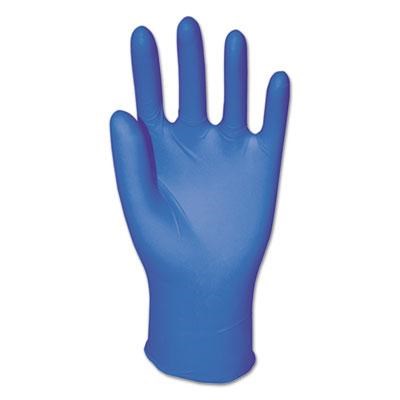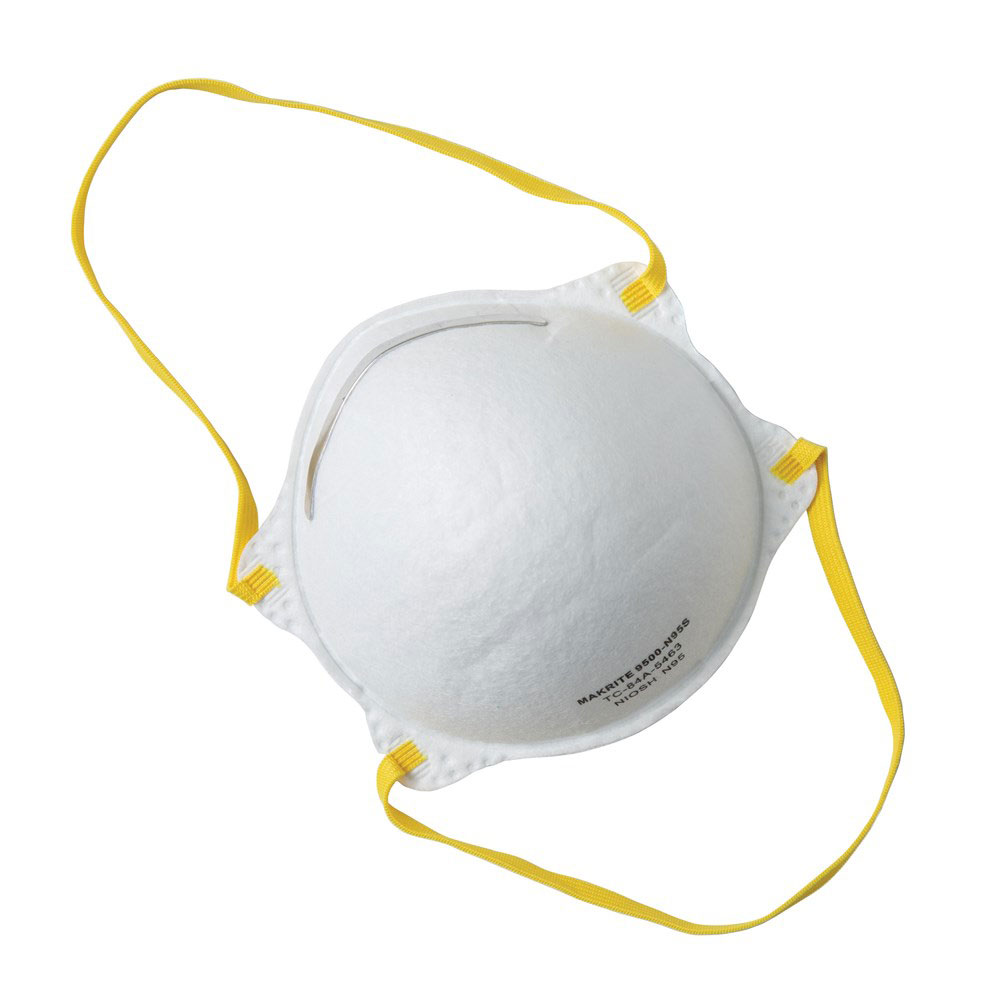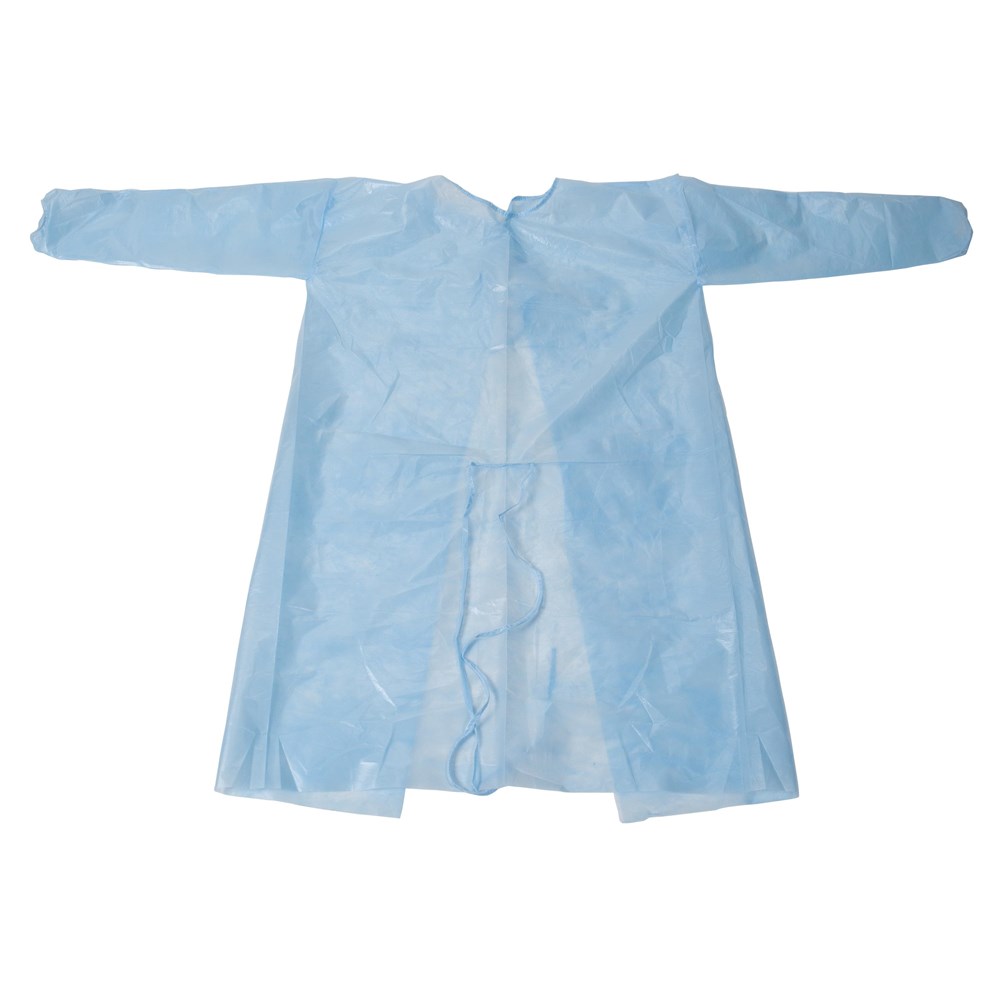As the COVID-19 pandemic has progressed, Senior Living, Long Term Care, and Assisted Living communities have adapted their PPE reuse and decontamination procedures as needed to help ensure the safety of residents and caregivers. However, the usage of N95 respirators, face masks, gowns, eyewear protection, and gloves directly aligns with the supply capacity available.
“Reduce, Reuse, and Recycle” doesn’t apply to PPE in the CDC’s conventional capacity strategy and is by no means an infection prevention guarantee for communities. This post will discuss the use of PPE including the rationale for prior best practices, current guidelines, and tips for compliance.
What was standard PPE practice before the pandemic?
Long before the pandemic, Personal Protective Equipment (PPE) was designed as a single use piece of equipment. Disposable items like gloves, masks and gowns were worn during individual patient interactions and quickly disposed of when no longer needed. This method was the conventional approach – it is the safest way to use this equipment when a shortage of PPE was not a concern. This of course changed during the COVID-19 pandemic.
How did PPE use change during the pandemic?
The PPE supply shortages from the COVID-19 demand caused communities to pivot from conventional usage to contingency and crisis capacity strategies to optimize their PPE inventories. Emergency Use Authorizations (EUAs) were employed that allowed for usage of equipment that would normally not be considered appropriate PPE in healthcare facilities. Additionally, EUAs were issued to enable communities to use PPE decontamination systems to cleanse single-use PPE to allow for multiple uses.
As PPE is more widely available and used, communities may be inclined to continue EUA procedures to reduce spend. However, these practices are not preferred in the conventional capacity strategy tier, and may not be compliant with current guidelines. Not all supplies that you purchased during the pandemic are compliant with conventional use. For example, as of July 6, 2021, the FDA has revoked the EUA for imported, non-NIOSH-approved disposable filtering facepiece respirators and non-NIOSH-approved disposable filtering facepiece respirators Manufactured in China. Continued use of these products as respirators may lead to citation.
Competitively priced supplies that are compliant with conventional use guidelines are in stock today and can be purchased from Direct Supply.
What are the benefits of conventional strategy PPE use?
From its origin, PPE was intended for single usage only, and quality cannot be assured when it’s donned multiple times. In addition to mitigating risk of citation, communities may obtain these benefits from conventional strategy PPE reuse:
- Effective Infection Prevention
By not reusing PPE, communities can help provide effective and efficient infection prevention for staff and residents. When respirators are donned more than once, there may be gaps in fit test seals. Communities with a ready-to-use supply of PPE can provide optimal infection prevention.
- Minimized Pathogen Exposure
The incorrect doffing of PPE can expose caregivers to the pathogens that PPE is intended to protect against. Conventional strategies also provide minimized pathogen exposure between residents if the same PPE is used by a caregiver across multiple patients.
Tips on Transitioning back to Conventional PPE Use:
While the CDC provides guidance on these strategies, they are enforced by OSHA and CMS/state surveys. Now that supply is not in shortage, Long Term Care facilities are expected to return to conventional products and practices. Please reference the CDC’s guidance for the most up-to-date expertise on this subject.
Conventional strategy PPE use help you provide your community with optimal infection prevention to ensure the safety of your staff and residents. To deploy this strategy, consider these tips from our experts:
- Review the latest CDC guidance and OSHA requirements for PPE use and make sure your policies and procedures are updated.
- Update and educate staff on changes and review frequently until behavior changes in practice reflect your policies.
- Take stock of your current PPE and develop a transition plan for stock that is ok for “contingency” or “crisis” strategies. Strategies we’ve heard of are:
- Creating a “mini back up” storage for supplies in case of future shortage
- Contacting state health departments to determine if there are locations that might benefit from donations of PPE
- Collaborating with other providers in your area to determine where supply shortages might still exist.
In Stock Now: PPE with Everyday Low Pricing from Direct Supply
Direct Supply offers PPE to help protect staff and residents from exposure. Keep your community supplied to follow the recommended conventional capacity PPE supply strategy.
Shop now or contact us to help you find the right infection prevention solutions for your community.







